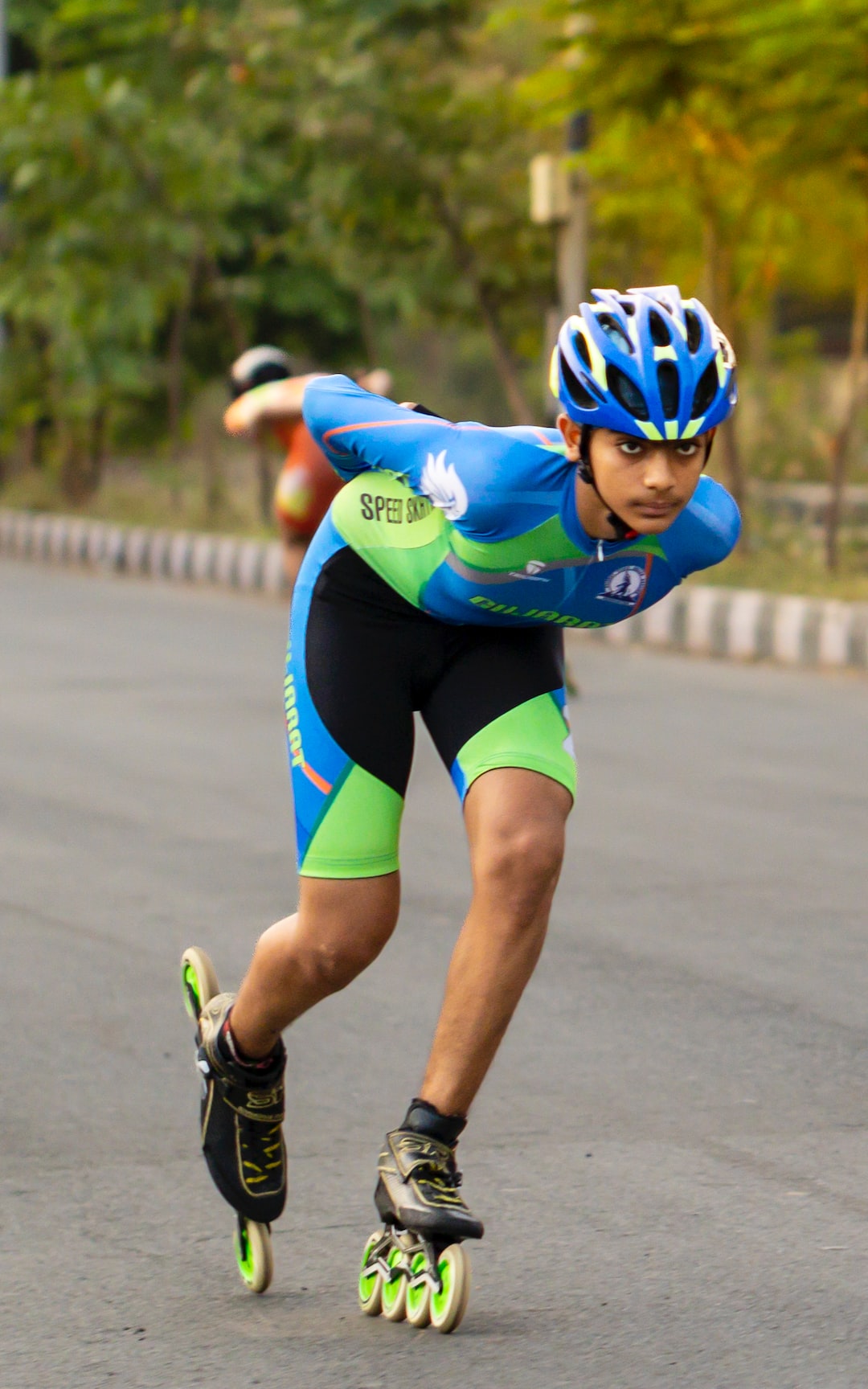The Science Behind Improving Your Vertical Jump
Athletes in various sports, such as basketball and volleyball, often strive to enhance their vertical jump to gain a competitive edge. While many believe that genetics play a significant role in determining one’s leaping ability, scientific research suggests that training and specific techniques can greatly improve your vertical jump. In this blog post, we will explore the science behind improving your vertical jump and provide insights into how you can reach new heights.
Muscular Strength and Power
To understand the science behind improving your vertical jump, we need to delve into the concepts of muscular strength and power. Muscular strength refers to the maximum force a muscle can produce, while power combines strength and speed to generate explosive movements. Both factors are crucial in executing an impressive vertical jump.
Resistance training, such as weightlifting, has been long recognized as an effective method for enhancing muscular strength. Through resistance training, individuals can increase muscle size and strength, allowing for greater force generation during a jump. Exercises like squats, deadlifts, and leg presses primarily target the lower body muscles involved in jumping, including the quadriceps, hamstrings, and glutes.
However, muscle strength alone isn’t sufficient for an impressive vertical jump. Power training, particularly plyometrics, plays a critical role in improving explosive movements. Plyometric exercises, such as jump squats and depth jumps, focus on rapidly stretching and contracting muscles, mimicking the rapid movement required in a jump.
Biomechanics and Technique
In addition to muscular strength and power, mastering proper biomechanics and technique can significantly enhance your vertical jump. Biomechanics involves the analysis of body movements and how forces act upon them for optimal performance.
Understanding the correct sequence of movements is crucial in maximizing jump height. Starting with a powerful downward movement, known as the eccentric phase, allows for a greater stretch of the muscles involved. This energy is then rapidly converted into concentric force during the upward, or concentric, phase by forcefully extending the hips, knees, and ankles.
Technique also plays an essential role in achieving an efficient jump. Proper body positioning, such as maintaining an upright torso and a slight lean, helps to maximize force transfer during the take-off. Additionally, using the arms as counterbalances and employing an arm swing can contribute significantly to the jump’s height.
Neuromuscular Adaptations
Improving your vertical jump goes beyond just building strength and technique. The human body exhibits remarkable neuromuscular adaptations that allow for increased power output and jump performance.
One crucial adaptation is the improvement in muscle coordination and synchronization. Training programs emphasizing jump-specific exercises can enhance the communication between the muscles, leading to more effective generation and transmission of force during a jump.
Furthermore, increased neural efficiency can improve your vertical jump. Neural efficiency refers to the ability of the nervous system to recruit and activate muscle fibers efficiently. As you train and progress, your nervous system becomes more adept at activating the muscles involved in jumping, resulting in an overall more powerful leap.
Conclusion
While genetics do play a role in determining an individual’s vertical jump potential, proper training and understanding of the science behind it can lead to significant improvements. By combining muscular strength and power training, mastering efficient biomechanics and technique, and taking advantage of neuromuscular adaptations, athletes can reach new heights in their vertical jump.
Remember, consistency and patience are paramount in any training program. Regularly incorporating these scientifically-backed principles into your routine, along with a healthy lifestyle, will help you achieve your goals and elevate your performance. So, start training intelligently, and watch your vertical jump soar to new heights!

